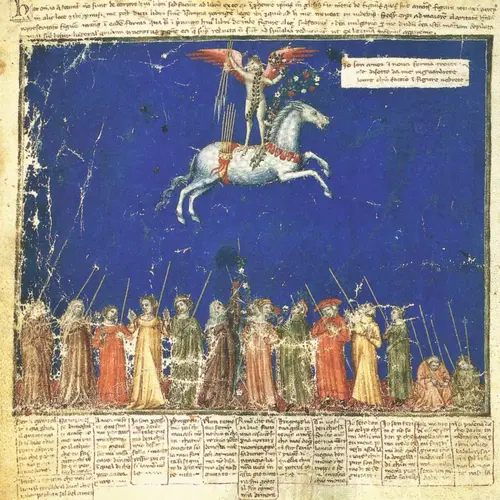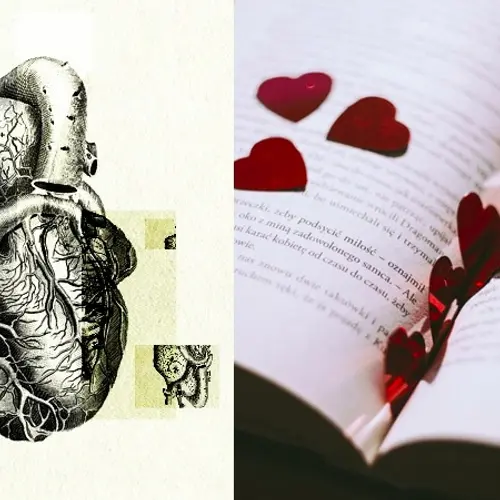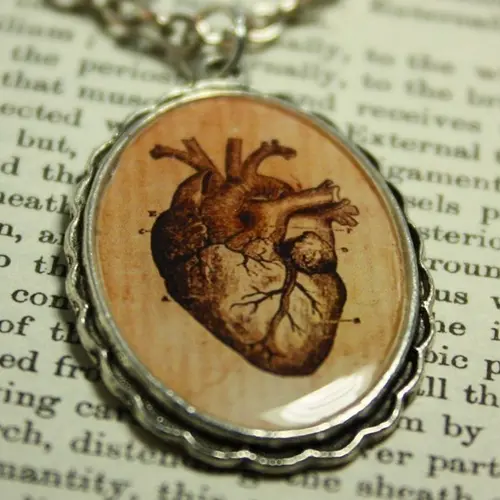How the heart shape became a symbol of love
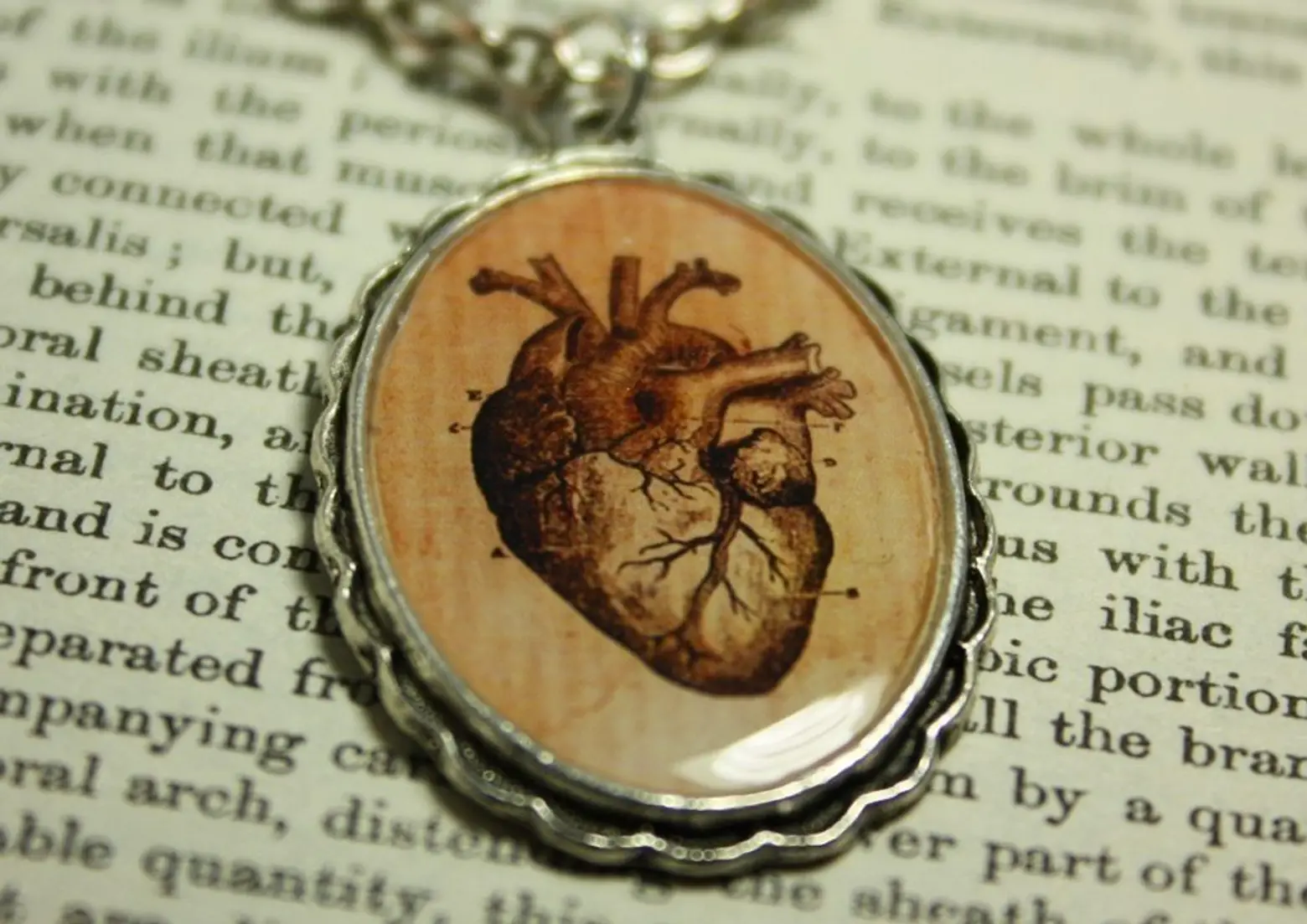
Via Etsy
Red and pink hearts are synonymous with love, romance, and, of course, Valentine’s Day. But this hasn’t always been the case. In fact, according to Eric Jager, author of “The Book of the Heart,” the heart shape ❤ had nothing to do with love until after the 1300 and 1400s, when the ideas of devotion and intimacy started to manifest themselves in this singular concept.
As Jager tells Time, “[People before then] thought of our hearts as books of memory, a place where God’s commands are written, and [believed] feelings for the beloved were somehow written on your heart. [For example, some tales depicted] female saints whose hearts are said to be cut open after their death, and inside their hearts are inscriptions indicating their love for God or Jesus.”
Indeed, it is understood this is where the first ideas of love as related to the heart took root.
Well, that paired with the if you squint hard enough resemblance of the organ to the more winsome shape, which up until medieval times, had been used innocuously in architecture and sculpture.
According to Carlos Machado, a cardiologist and medical illustrator, because the Catholic Church frowned upon human dissection during the 14th century, the study of anatomy largely involved the dissection of animals. Machado notes that birds and reptiles were often used for anatomical studies, and their hearts are more visually akin to the heart imagery we know today—something he posits may be why the shape proliferated as it did. During this time, too, depicting the heart with its apex pointed down to accurately reflect its position in the body became standard in medical documentation.
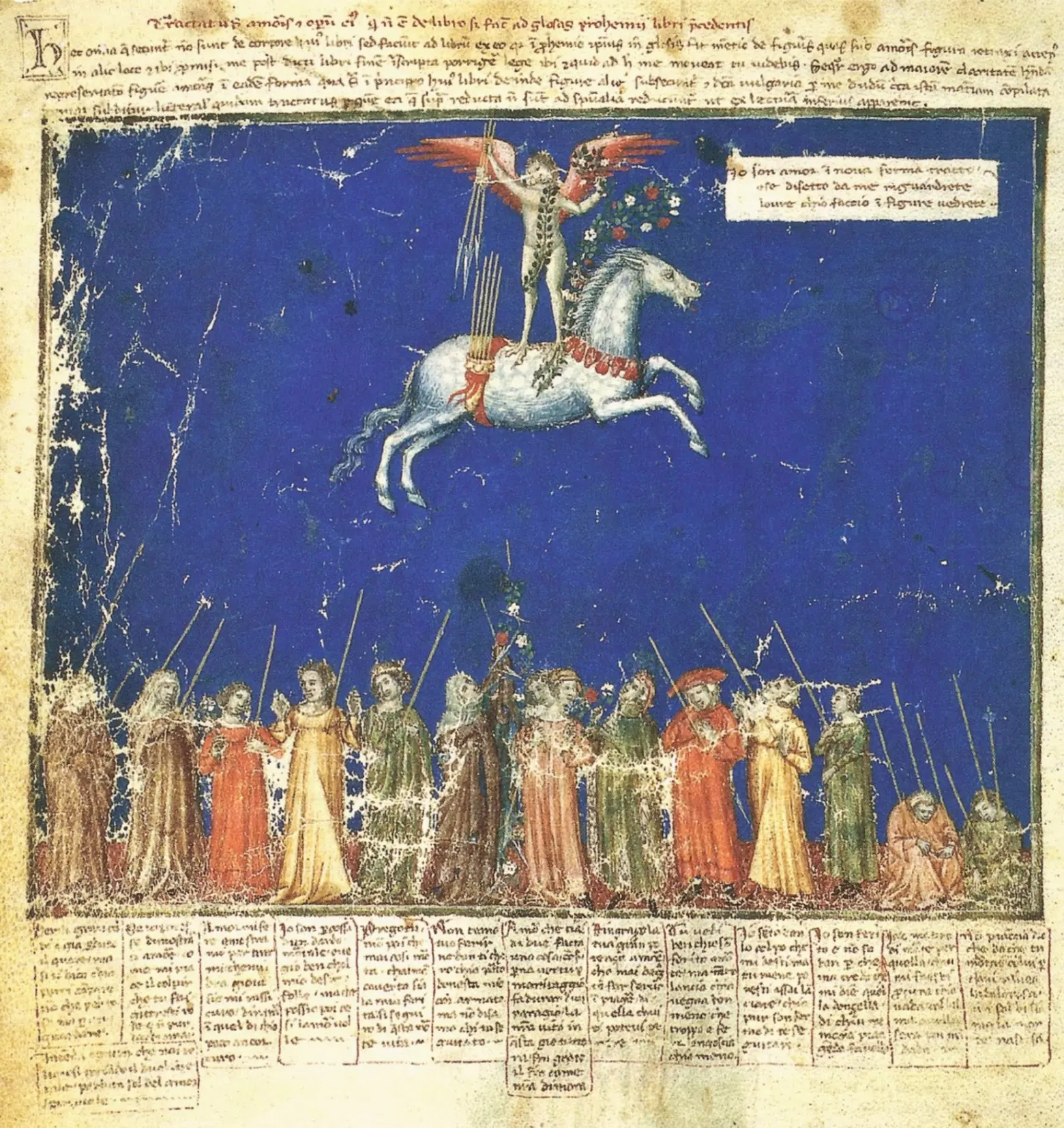 Cupid in “Documenti d’amore” via Wiki Commons
Cupid in “Documenti d’amore” via Wiki Commons
As for when ideas of romantic love entered the equation, the late Pierre Vinken, former co-chairman of the “The Lancet” and author of “The Shape of the Heart,” writes that the first time a heart appeared for purposes other than medical, it was included in the medieval French love poem “Le Roman De La Poire” by Thibaut, written in the mid-13th century. “It’s believed that the poem is the source of the idea that a person in love can ‘give’ his or her heart to the beloved, the way the lover in the poem gives away a pear,” writes Time. The heart shape, however, was still shown to be more blob-like than sweetheart-shaped in Thibaut’s mawkish croon.
A more refined form would later become popularized with the 14th-century publication of Italian poet Francesco Barberino’s “Documenti d’amore” which portrayed a naked cupid shooting arrows and flowers from a horse wearing a wreath of hearts. The poem went viral during its time and numerous artists began using the scalloped heart in their own romantic written and artistic works.
Like Barberino, many of these creatives would find sweeping fame, in turn reinforcing the heart’s sentimental value through the centuries—even as medicine advanced and the heart lost out to the brain (at least in science) as the true hub of thought and emotion.
[Via Time]
RELATED:
